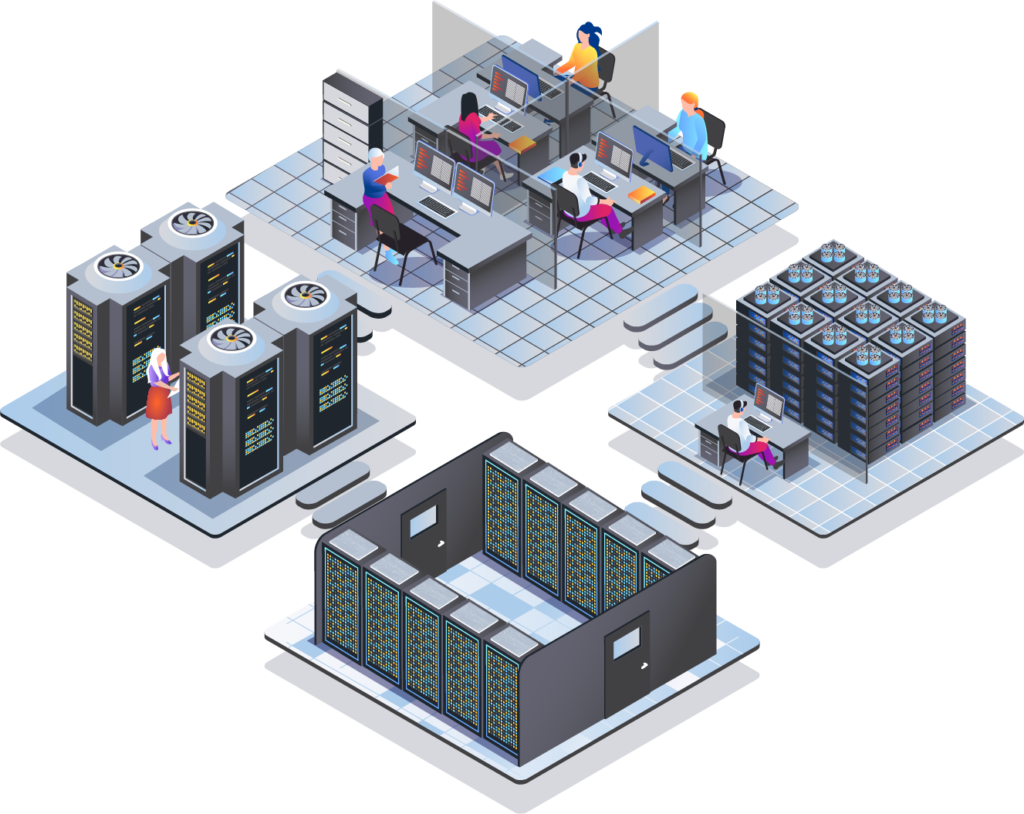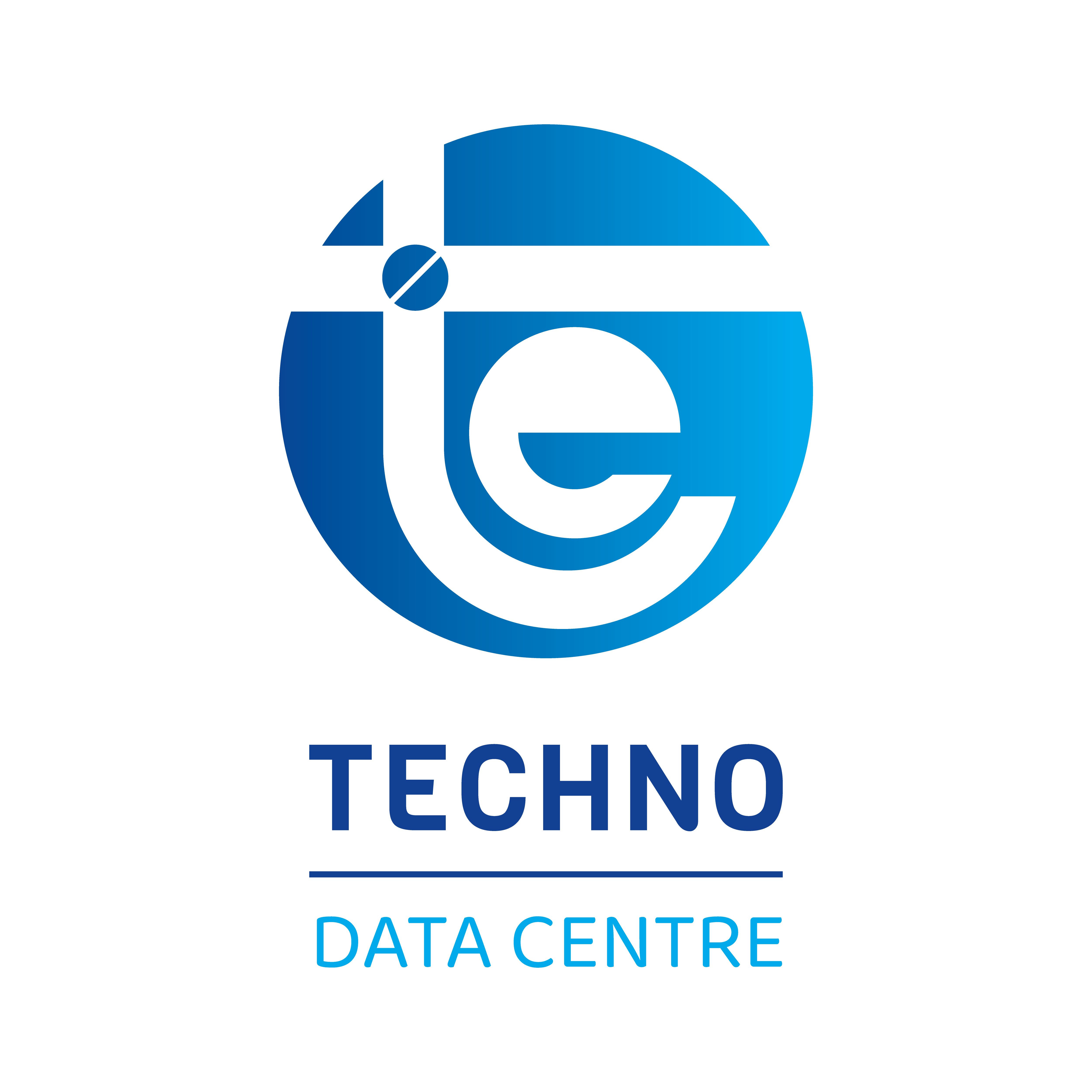The pandemic coupled with the digitalization of resources has led to various reforms in the data centers industry. From cloud adoption to the increment in investments, the Indian data center market is on the edge of doubling its capacity in the years to come. This rapid change in the market gives rise to new trends and possibilities which will significantly impact the same. We should be specific on the timeline of capacity of Data Centres being doubled.
Data centers have evolved from a tool for content delivery to an essential business asset. As businesses and enterprise customers look for new ways to create, manage or secure their data, the data center has become an indispensable part of their IT infrastructure as a result the role of data centers has changed considerably over the last few years.

The data center industry is driven by the need for data localization in India
‘Data is king’ be it personal data, financial data, or any potential data for national security, breaching could lead to irreversible disastrous outcomes. Today the government is on the verge of attempting to stimulate data localization. In April 2018, RBI issued a Circular stating that payment system operators shall store the financial data within the territorial jurisdiction of India; further, the ministry of electronics and information technology of India formed a committee to draft Personal data protection.
Now that we have understood the importance of data localization and how it provides impetus to the booming data center business, let us explore some of the most prominent trends in the domain.
Data Center As-A-Service
The momentum toward the new way customers desire to acquire and manage data center solutions, which is consumption-based, pay-per-use, is arguably the most significant data center trend for 2021. While the world’s main public cloud providers have been successfully supplying consumption-based cloud IT for years, the world’s leading data center infrastructure suppliers, are investing more than ever before in this movement.
The world’s market leaders in servers, storage, and hyper-converged infrastructure are fundamentally altering their sales motion to enable businesses to purchase data center products in a new way, while simultaneously attempting to reclaim market share from public cloud providers who gained market share in 2020 as more businesses migrated to the cloud during the pandemic.
Sustainable Data Centers
To operate to a more significant and long extent, data centers are built with the features such as 24*7 availability and enhanced security. Meeting such needs results in the emission of CO2. As per the reports, data centers are currently consuming 200 terawatt-hours per day, and the resultant emission would be much higher than those produced by the entire aircraft industry.
To overcome such practice, which results in CO2 emission. The concept of a Green or sustainable data center comes into the picture. Green Datacentersare data centers whose infrastructure is designed to be highly energy efficient with minimum or no environmental impact. These centers are modified with various technologies such as sustainable computer processing software, cooling systems, and clean and green energy.
According to a report, the global green data center is expected to grow with a CAGR of 23.01% by 2026. Green data centers use renewable energy sources such as solar panels, wind turbines, and geothermal power plants. These power sources are typically cleaner than typical energy sources because they don’t produce the same amount of harmful gases that conventional power plants do.
Hyper-scale Data centers
Hyperscale data centers are the next generation, which hosts many servers, usually tens or hundreds of thousands. Large web companies with large customer bases often use these facilities and can be found in many cities worldwide.
The massive amount of hardware needed to run hundreds or thousands of servers makes this facility very expensive. Still, it is necessary for companies who must provide their services to a global audience. Furthermore, such data centers take advantage of the latest technologies, such as cloud computing and artificial intelligence, to increase efficiency and reduce cost.
Widespread adoption of AI
In the field of data centers, AI has become a vital tool for improving the industry’s performance. AI can help organizations solve real-world problems by using data to make decisions and identify trends that are impossible to carry out.
Data centers can use AI services to manage their resources more efficiently and execute better management practices such as scheduling power usage at peak hours and bandwidth regulations. Furthermore, from increased accuracy and efficiency to increased productivity, AI has helped data centers across the globe to maximize growth and economy.
Enhanced 5G deployment
5G is a next-generation wireless technology that will provide gigabit speeds and increased reliability for data transfer. The tech is supposed to be available to every individual by 2023. This technology will enable a new range of services, including high-speed mobile internet, satellite, and terrestrial wireless access. In addition to that, the 5G standard defines a new radio interface that can be used to connect devices with higher bandwidth requirements than currently available in modern-day networks.
Data centers, in turn, are expected to play a critical role in enabling 5G deployment. Data centers will provide the infrastructure, connectivity, and management services required to support 5G services. Data centers also help produce 5G networks because they provide a place where all the equipment can be placed and controlled. This allows for quick access between different devices, which is crucial for 5G technology.
Final Thoughts
In conclusion, the data center sector is undergoing a series of changes, and new trends will continue to emerge. With the help of modern disruptive technologies, the data center business may construct eco-friendly and energy-efficient facilities. AI, edge computing, and the Internet of Things can be employed to enhance energy efficiency and minimize environmental impact.
